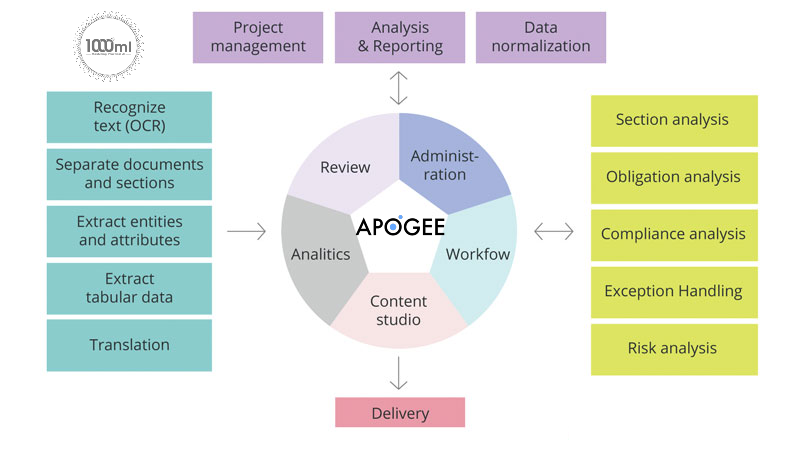Such pieces can be complex and include content surrounding current laws, legal precedents, and other factors. An AI program will check how well legal documents appear and sort them based on content.
Understanding Document Classification
The document classification process entails assigning a category or class to an existing document. The document can include distinct features or points that might allow people to identify what is inside the report.
The traditional classification process can involve one of two measures:
1. Content-Based
The content-based classification process involves looking at the content of a document and determining what content is the most prominent. The classification works over what features are the most essential. The main category could involve a subject that takes up at least a quarter of a document, although the standards can vary by review.
2. Request-Based
A request-based classification effort determines the document class based on why people might read or use the document. Any queries that people might hold should be relevant to the subject matter.
Regardless of what classification plan works, the process makes it easier for a computer to search for content. Since it’s easier to find content or sentiment for something, it won’t take as long for someone to get the necessary information on how a task can work.
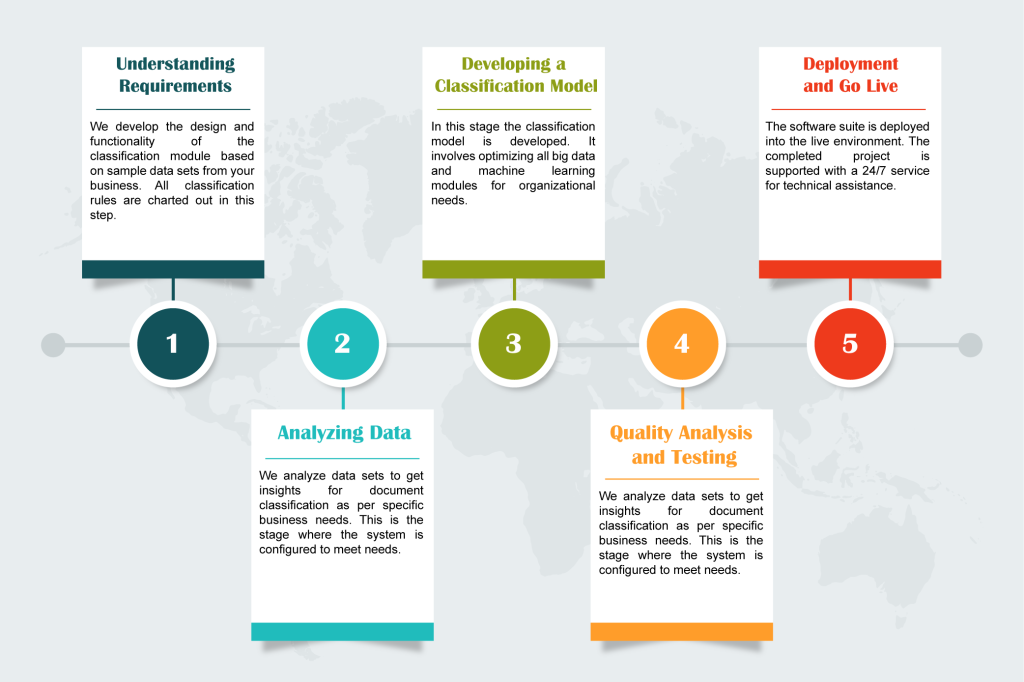
How Can An AI Program Help?
An AI program can analyze the content in a document or the type of document and then assign a class to the item. Altexsoft states there are two particular AI-based classification processes that can work:
1. Text Classification
Text classification involves analyzing words or phrases and their meanings. An AI program can use NLP technology to review words and phrases in their context and figure out their intentions. The analysis can help identify the intent or purpose of the text, providing a more accurate response.
2. Visual Classification
Visual classification involves reviewing pictures and other visual aspects of a document. Charts, images, graphs, and anything else will undergo analysis based on behavior or other unique points. AI can help determine the meanings of certain bits of content, helping classify the document over whatever meaning is inside the work.
How Will AI Use Document Classification For Legal Documents?
The document classification process is necessary for arranging and managing legal documents to make them easier to spot and review. An AI program can analyze regular expressions to see how well the content works.
Regular expressions are necessary for analyzing the content of a legal document. According to Analytics Vidhya, regular expressions are characters that appear in a sequence and can highlight search patterns in text. An expression can help predict what appears in a document by looking at characters and how they function. The program can review these characters based on keywords, unique terms, and historical references.
An AI program can analyze a regular expression to find patterns in the language that appears in a document. Unique definitions for certain expressions may help the AI program sort documents by certain types. The system makes it easier for the program to work as necessary.

Understanding General Legal Documents Clause By Clause
Legal documents are often complex and include various clauses and details. These documents can cover assorted references to prior cases and law precedents. AI can review legal reports and identify different points in their work to create a more thorough approach to managing content.
One way AI can analyze legal documents is by using supervised machine learning. Machine learning practices can entail rule-based labeling functions that help a machine codify data and sort content based on different factors or rules.
The machine learning process can help an AI program find different pieces of data and predict what might appear. But if/then rules will be necessary to help an AI program review different documents. These rules can help the AI platform review the multiple pieces of content it manages.
New rules can also be created after a while to make for a more accurate learning experience. Programmers can add new rules when necessary, including if legal precedent changes. Proper supervision is critical, as unsupervised machine learning can result in the data potentially becoming jumbled or otherwise hard to manage. Unsupervised learning can also result in errors in how an AI program classifies documents, as it might use one piece of data and interpret it the wrong way.
Extracting Tables From Documents Using Computer Vision
One exciting way how AI can also classify legal documents is through computer vision. SAS refers to computer vision as an AI form where a computer reviews visual content and uses pre-set rules to define certain things. Computer vision often works in security cameras, as the AI in a camera can identify certain items based on what visual data it collects.
Computer vision can review visual content in many forms, including through tables. Computer vision can review data in tables within legal documents. Since many documents might include various tables and charts that explain data and measure unique concepts, computer vision will be vital for success.
The computer vision process can review the headings in tables to identify the meanings of the content. The system can compare the headings with other terms as necessary.
The work will help find trends and details in the content one uses. AI uses machine learning to spot what pieces of data may appear in a table, making it easier for the AI to figure out what is in the content.
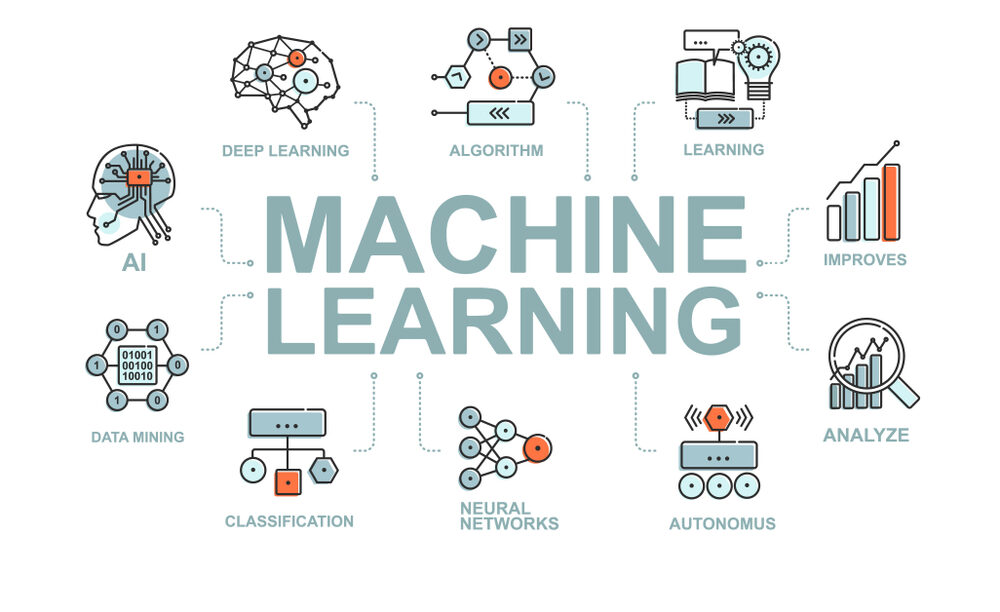
AI Is Necessary For Helping Find Legal Documents Sooner
The ability to identify and classify legal documents is essential, but it requires accuracy and precision. Everything requires proper sorting to improve how well documents can appear. AI will help confirm these documents faster, plus machine learning and computer vision can identify more bits of data in these documents. Proper AI development is critical for allowing parties to find details on different content.
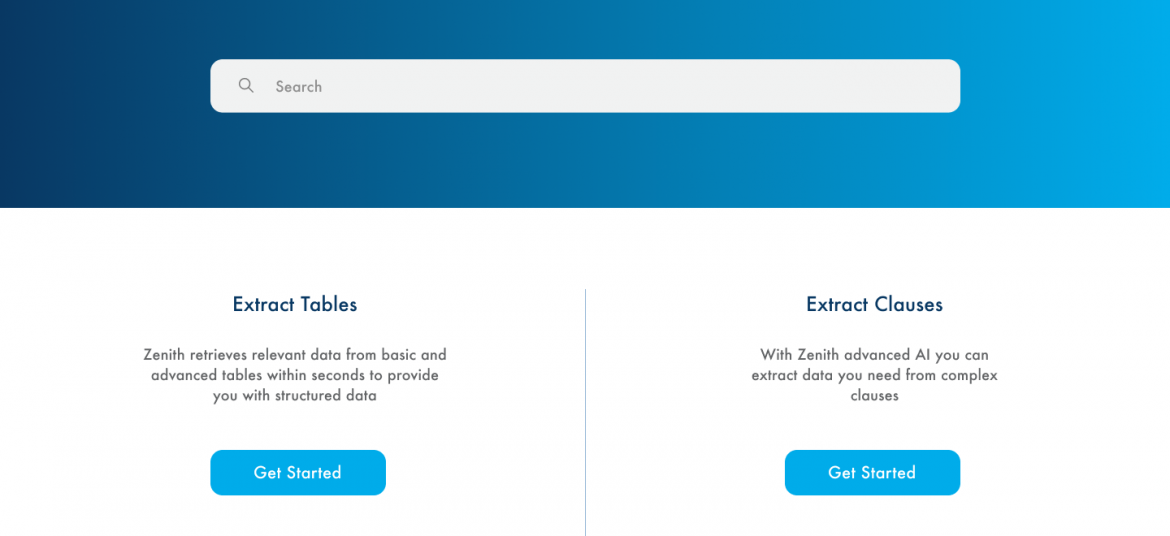
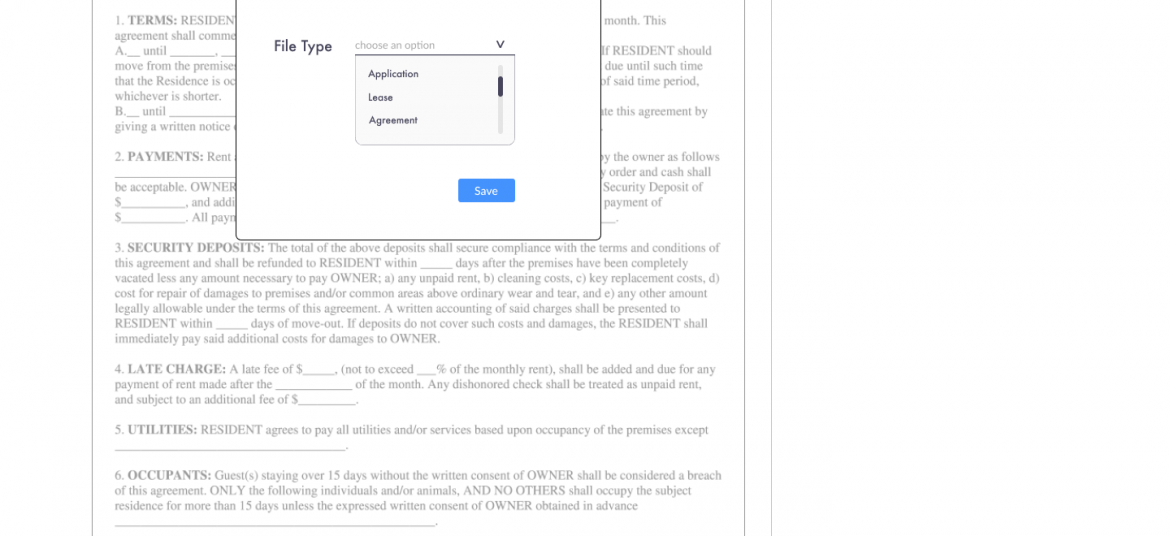
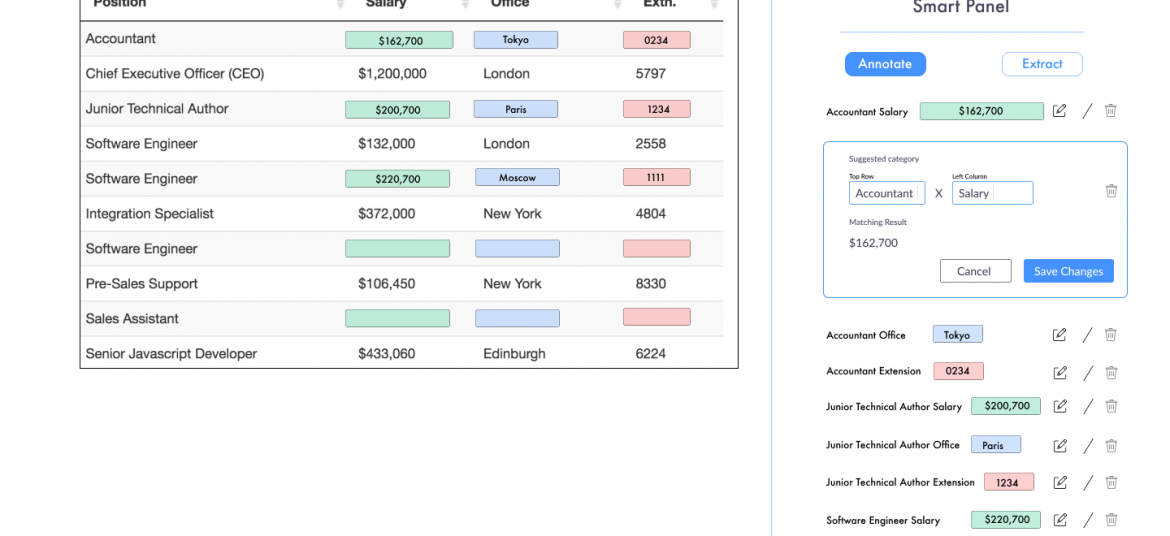
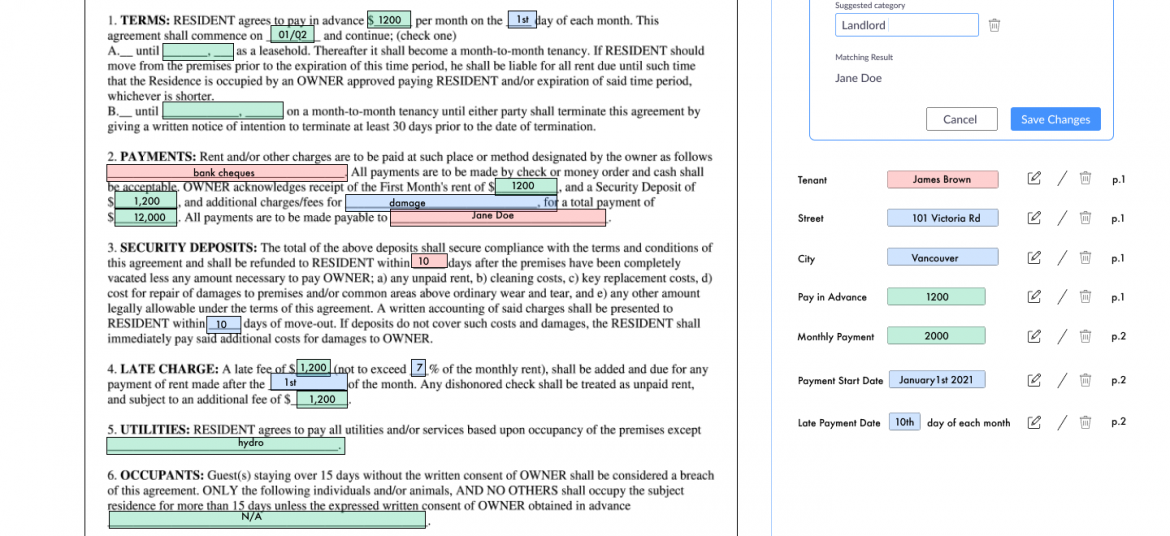
Apogee Suite of NLP and AI tools made by 1000ml has helped Small and Medium Businesses in several industries, large Enterprises and Government Ministries gain an understanding of the Intelligence that exists within their documents, contracts, and generally, any content.
Our toolset – Apogee, Zenith and Mensa work together to allow for:
- Any document, contract and/or content ingested and understood
- Document (Type) Classification
- Content Summarization
- Metadata (or text) Extraction
- Table (and embedded text) Extraction
- Conversational AI (chatbot)
Search, Javascript SDK and API
- Document Intelligence
- Intelligent Document Processing
- ERP NLP Data Augmentation
- Judicial Case Prediction Engine
- Digital Navigation AI
- No-configuration FAQ Bots
- and many more
Check out our next webinar dates below to find out how 1000ml’s tool works with your organization’s systems to create opportunities for Robotic Process Automation (RPA) and automatic, self-learning data pipelines.
